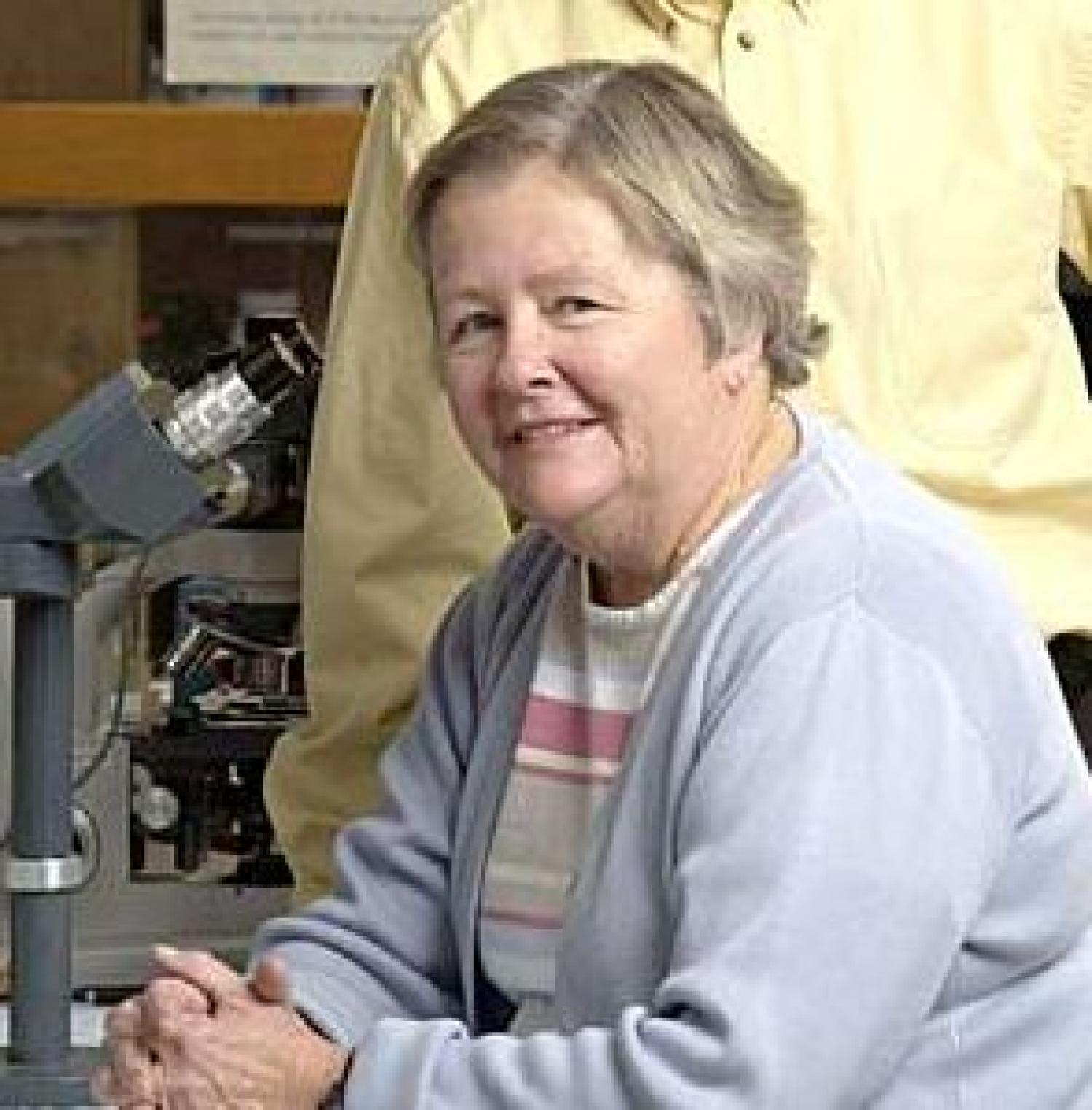Jane Bock
- Professor Emerita
- Department of EPO Biology
- Boulder, CO
- COLLEGE OF ARTS & SCIENCES

The City of Boulder and Boulder County have more open space per person than any other such place in the country. Precious resources found on this land must be conserved. One of the resources believed to be found on certain plots is tallgrass, which has four characteristic grasses: big blue stem, little blue stem, switchgrass, and Indian grass. Tallgrass grows as an interwoven system of plants, as opposed to a bunch grass, which is composed of many, obviously different, plants.
Twelve of the sixty-six plots used for this project were used to compare Boulder sites that seemed to be tallgrass with five other tallgrass sites in the Eastern Great Plains: Caylor Prairie in Iowa, Tucker Prairie in Missouri, ten small prairie sites in Nebraska, the Konza Prairie and one other site in Kansas, and the Osage Prairie in Oklahoma. These areas all are recognized tallgrass sites, or what is called the “true prairie.”
Dr. Jane Bock, just by scanning the vegetation on the study plots, had seen similarities between the flora in Boulder and in the true prairie. They are especially similar when one is just looking at the families Asteraceae (daisies) and Poaceae (grasses). Since there was no statistical evidence to back up this opinion, Dr. Bock gathered data from Boulder and acquired data from the other five areas through her colleagues


